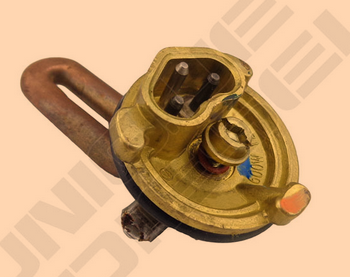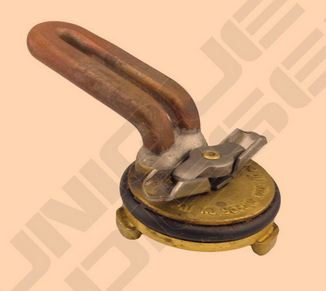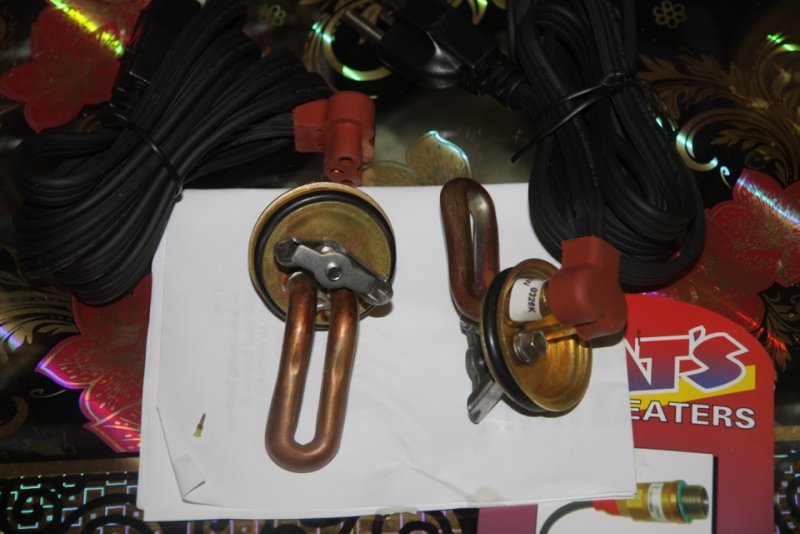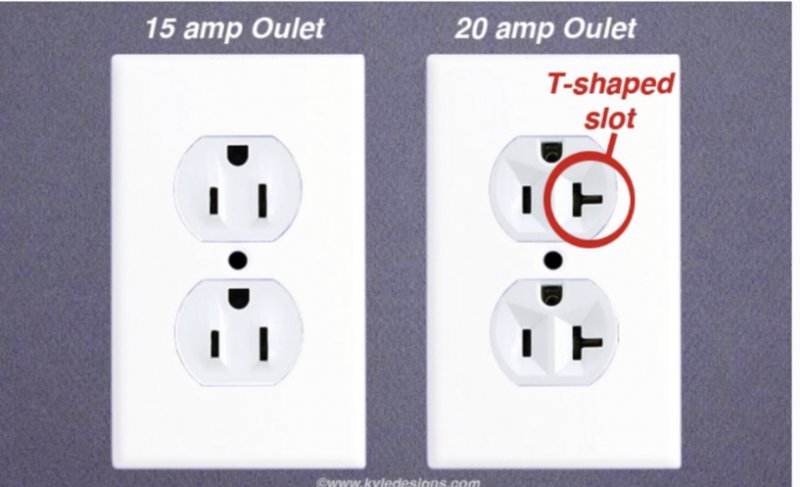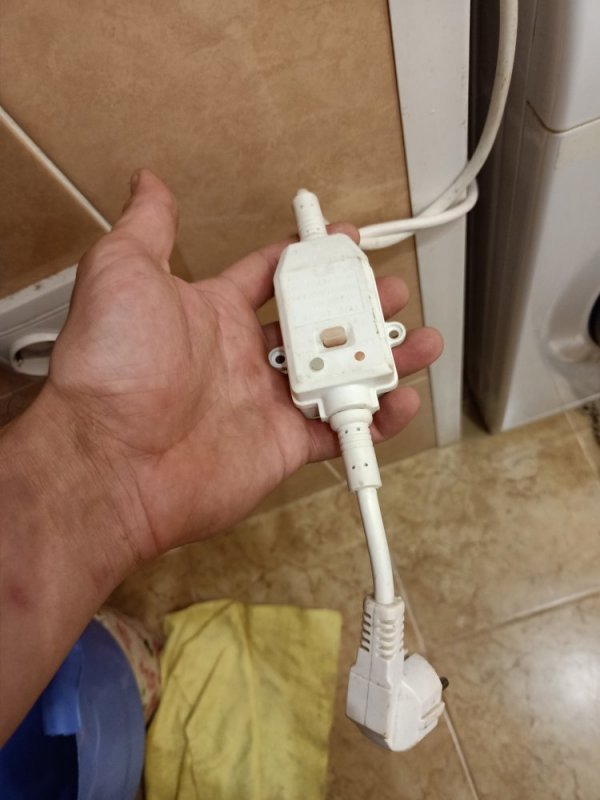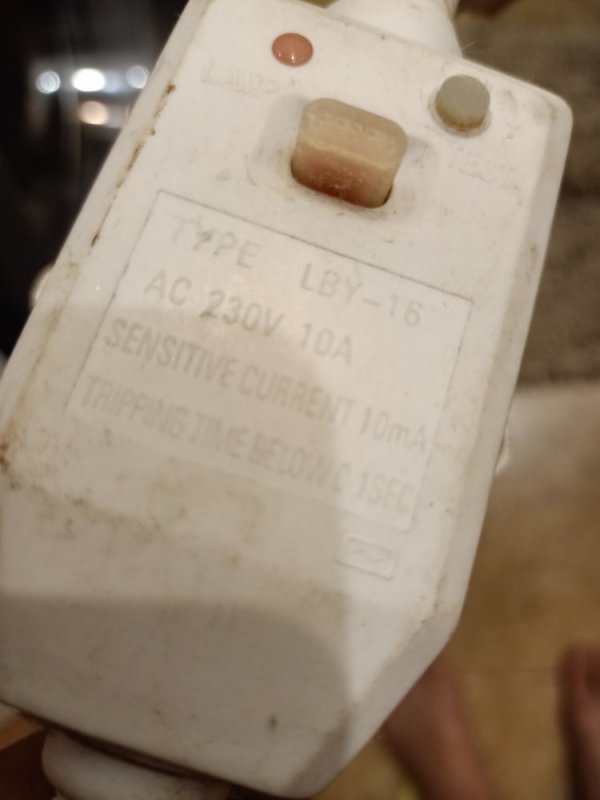Will L.
Well-Known Member
Denata with the math- nice. The higher voltage is of course slightly higher risk but better efficiency. So provided everything is done safely and people are aware- it is better.
As cold as your area is, it would make me wonder about using two in the block and the oil warmers for engine and Transmission.
So if a person were to put in two of the nice quality units that are 1000 watts each- basically 1/3 that time, an hour and 17 minutes.
Here is a nice video showing a little about them and where to install the one on the other side. He links the one I am buying for mine, and does some nice videos. Some of y’all will recognize him if ya don’t HESITATE to much. Haha. I’m so funny in my own mind.
But seriously now y’all have me thinking about doing a second one while I am at it. I have had to use mine at times when my glowplugs were inoperable from a controller or just worn plugs and I was unable to do them for a while. It does hit freeze temps here (barely) each year.
As cold as your area is, it would make me wonder about using two in the block and the oil warmers for engine and Transmission.
So if a person were to put in two of the nice quality units that are 1000 watts each- basically 1/3 that time, an hour and 17 minutes.
Here is a nice video showing a little about them and where to install the one on the other side. He links the one I am buying for mine, and does some nice videos. Some of y’all will recognize him if ya don’t HESITATE to much. Haha. I’m so funny in my own mind.
But seriously now y’all have me thinking about doing a second one while I am at it. I have had to use mine at times when my glowplugs were inoperable from a controller or just worn plugs and I was unable to do them for a while. It does hit freeze temps here (barely) each year.

